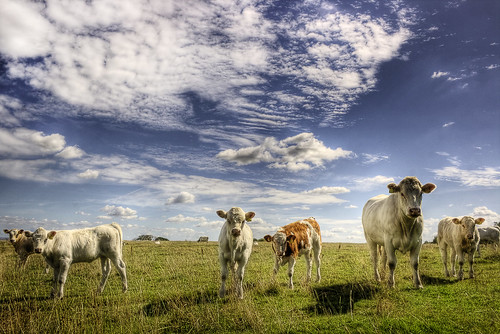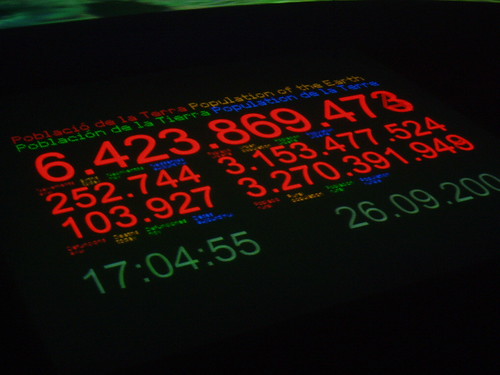Eight major organizations working in livestock development are issuing a joint communiqué today, committing themselves to working in closer alliance to develop and fulfill on a global agenda for the livestock sector that is safer, fairer and more sustainable. The organizations are:
- African Union-Interafrican Bureau for Animal Resources
- Association of Southeast Asian Nations
- Bill & Melinda Gates Foundation
- Food and Agriculture Organization of the United Nations
- International Fund for Agricultural Development
- International Livestock Research Institute
- World Bank
- World Organisation for Animal Health
This communiqué was developed by participants of a High-Level Consultation for a Global Livestock Agenda to 2020, co-hosted by the World Bank and the International Livestock Research Institute (ILRI) in Nairobi, Kenya, 12–13 Mar 2012. At that meeting, leaders in livestock development issues exchanged ideas, concerns, experiences and expertise with the aim of developing closer partnerships, a shared vision and more complementary programs for a global livestock agenda. They agreed on the outlines of a consensus regarding strategies for a safer, fairer and more sustainable global livestock agenda to 2020. The full joint communiqué follows.
A new global alliance for a safer, fairer and more sustainable livestock sector
In the face of a fast-growing, resource-hungry and commonly misunderstood livestock sector, it is clear that increased investment in the sector is essential to livelihoods, global health and the environment. To address livestock as a global public good, a strengthened alliance has been formed among key institutions charged with shaping and steering the global livestock agenda.We, the representatives of global and regional institutions whose mandates cover livestock, met in Nairobi, Kenya, 12-13 March 2012. We exchanged ideas, concerns, experiences and expertise with the aim of developing closer partnerships, a shared vision and more complementary programs for a global livestock agenda.
Our consultation came at an opportune time. Global production and consumption of meat, milk and eggs are growing fast, especially in developing countries, in the face of diminishing natural resources. Decision-makers and investors continue to under-appreciate the critical role that livestock play in the lives and livelihoods of the world’s poorest people. The world remains alert to the risk of pandemics arising at the interface between people and animals.
We agreed that social equity, global health and the environment should be considered among the strategic ‘pillars’ of the global livestock agenda. There was also much concurrence on the issues and challenges facing the livestock sector and the ways to address them.
We are building this alliance to work in closer partnerships, with each organization bringing to bear its comparative advantage. Together we aim to be more effective in explaining to the world better why livestock are essential to the society and to the health and wellbeing of the poor and to show leadership in addressing the challenges and opportunities that livestock can bring.
We will do this by marshalling the best evidence to support our case; directly addressing the harm as well as benefits generated by livestock; learning from successes and failures to design and implement the most appropriate programs and policies; exploiting advances in our understanding of complex systems and powerful new technologies; and building on existing successful initiatives. We aim to develop strategic goals, and to create, and share publicly, a means to measure progress against these goals.
We invite our colleagues in other institutions, public and private, to join us.
View and download the official version of the communiqué, with logos of the organizations of its eight authors: A new global alliance for a safer, fairer and more sustainable livestock sector, 11 April 2011.
Read more about the high-level consultation in previous posts on this ILRI News Blog:
Developing an enabling global livestock agenda for our lives, health and lands, 13 Mar 2012.
Towards a more coherent narrative for the global livestock sector, 15 Mar 2012.
Sharing the space: Seven livestock leaders speak out on a global agenda, 20 Mar 2012.






















